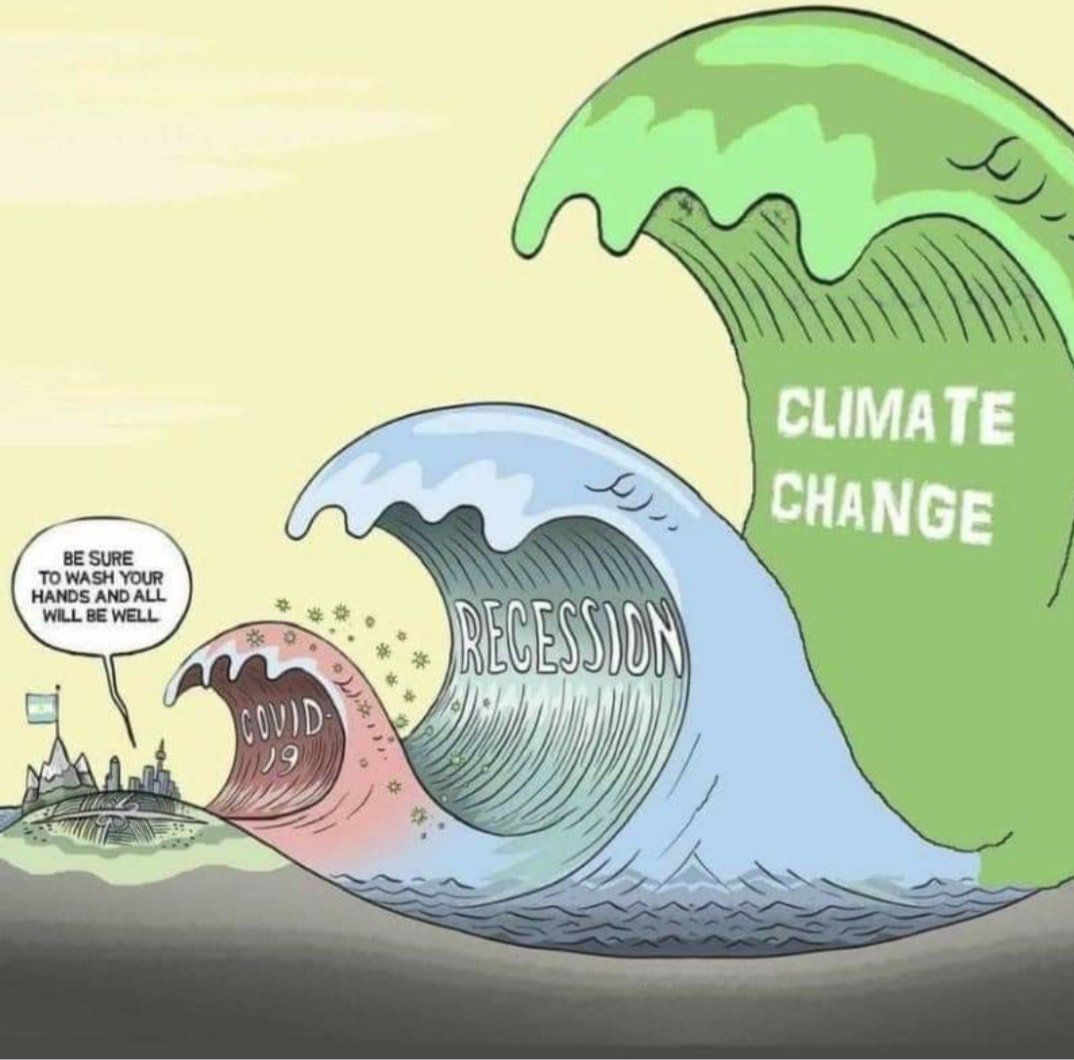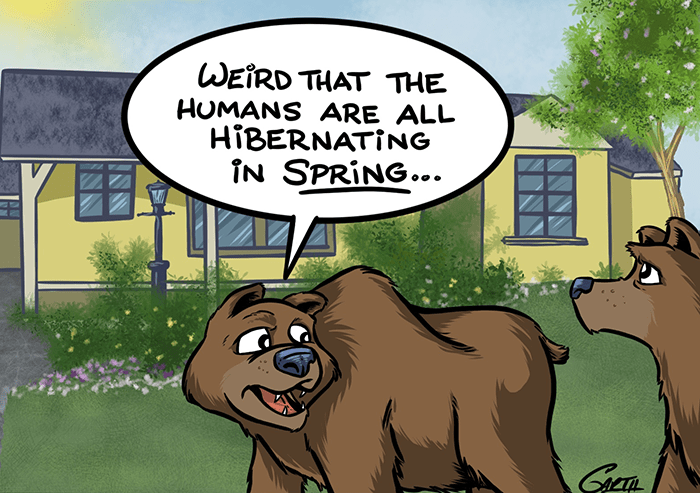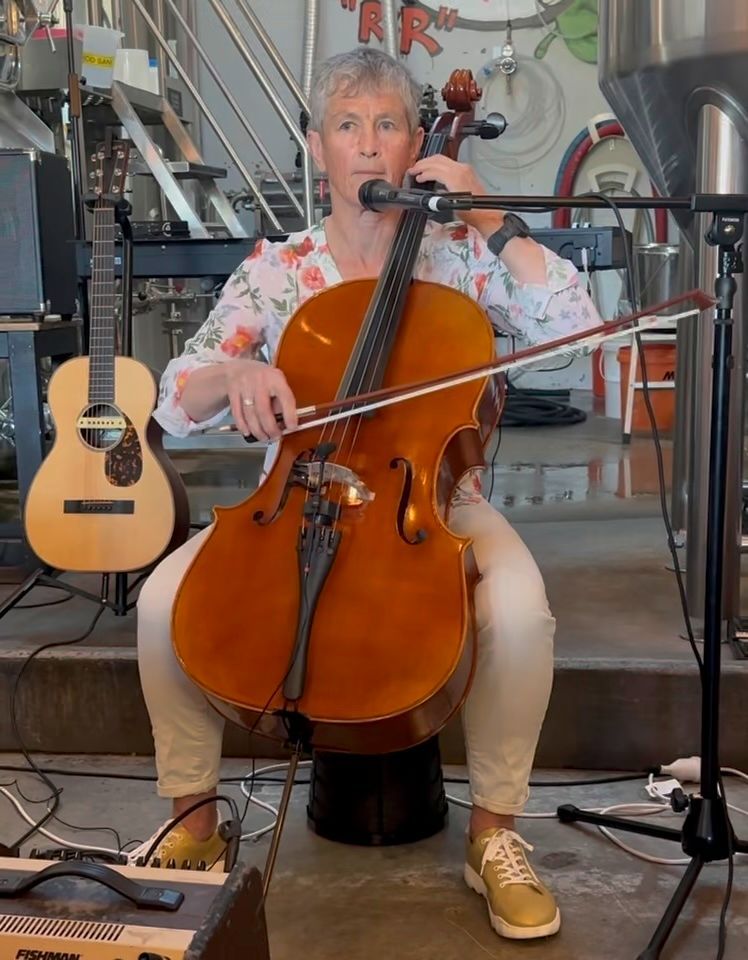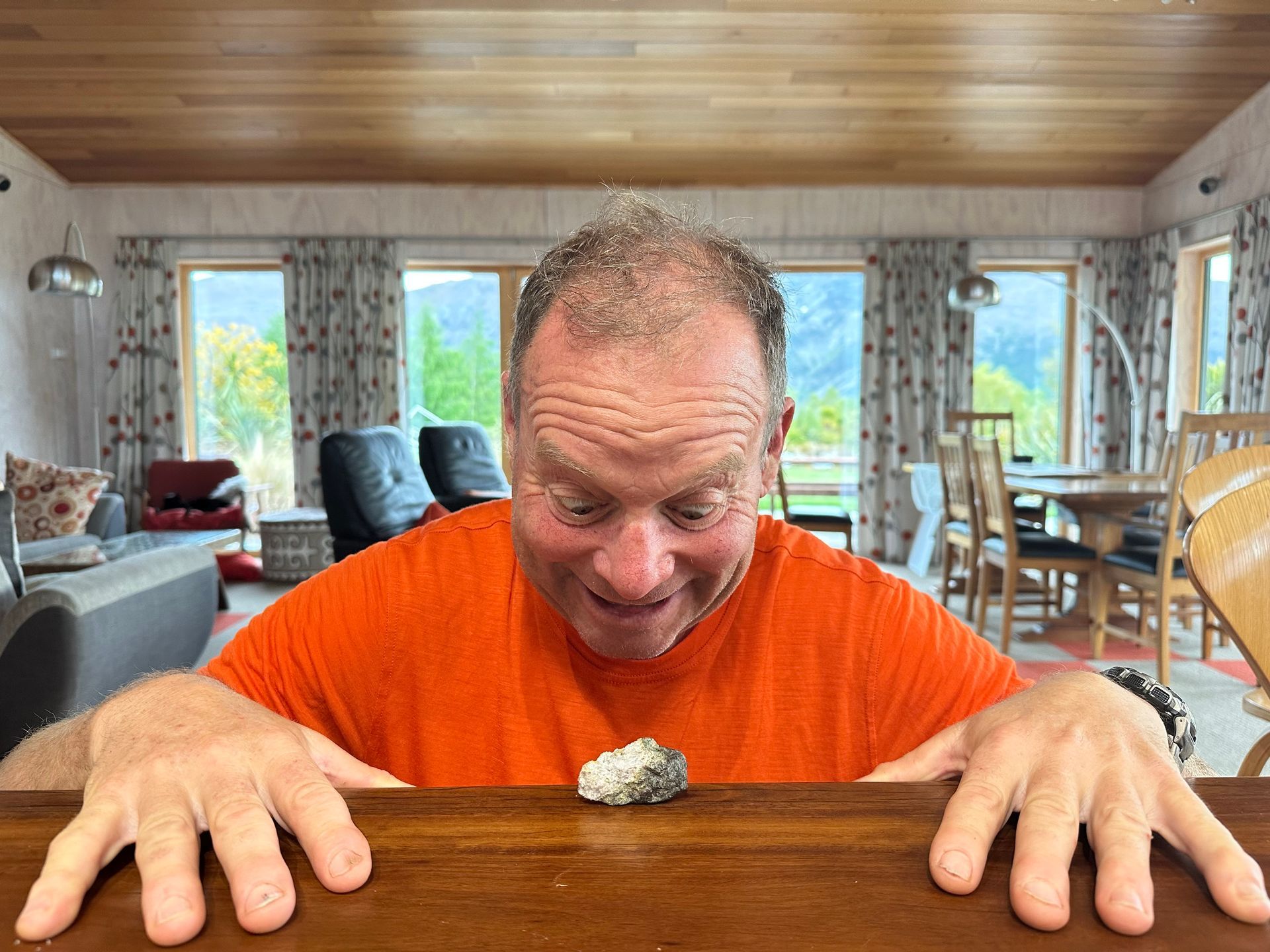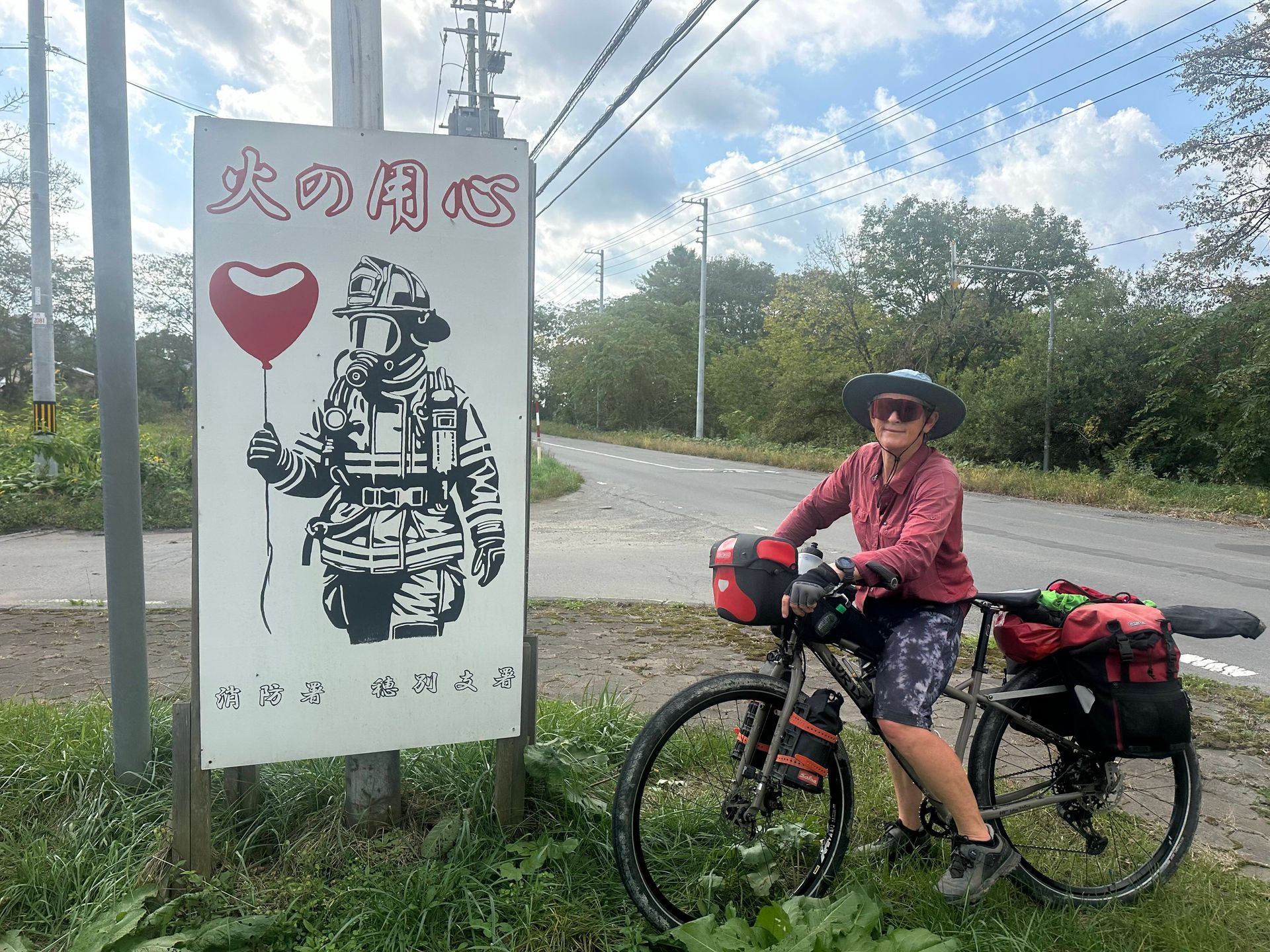Living at Level 2
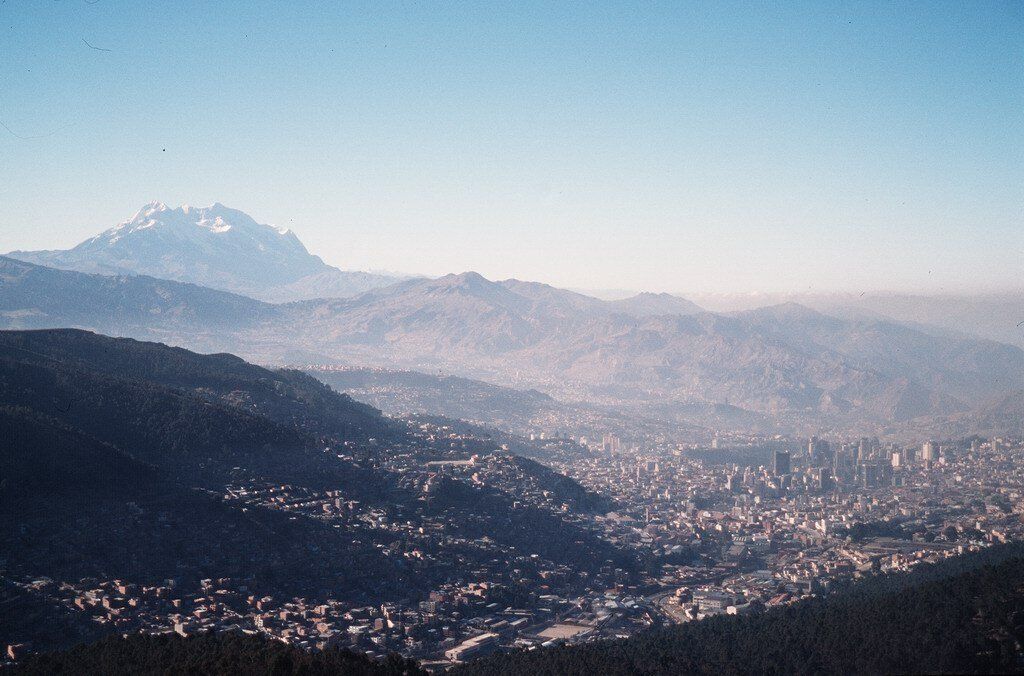
In general, people want to live at the highest level. In a building, the penthouse is the most desirable place to be. If there’s a slope with a view, people would like to be at the top for the best views. An exception to this is the city of La Paz, where people want to live at the bottom. The altiplano above La Paz is at 4000m and the city drops away down the canyon in which it lies to 2800m elevation. Living at the bottom of the city is warmer and has more water and oxygen. The people who service the city live in ‘El Alto’, on the windy, cold plateau that stretches away to Lake Titicaca.
Since I last visited La Paz, El Alto has been connected to the city by ‘Mi Teleferico’, a gondola system which brings the workers from El Alto to the city. It also takes tourists from the city to El Alto. The three gondola lines have cut transport time between the altiplano and the city centre from an hour to ten minutes and reduced pollution from transport. It has certainly made commuting easier for the workers, even if they still can’t afford to live somewhere warmer.
In a COVID-19 world, we can consider the top of the heap to be the lowest Alert Level (or no Alert Level at all) – Level 4 is the bottom of the heap and a place we don’t want to return to. It has been interesting for us to experience Level 2 in a place with more people – we came to Christchurch on Monday this week because it was time for Mum to return to her retirement village. We drove into Christchurch and things didn’t really look so very different. Perhaps this is the most confusing aspect of Level 2 – nothing does look all that different from the outside, which makes it hard for people to behave in substantially different ways. We are supposed to keep our distance from people we don’t know, and use hand sanitiser every time we enter a building. However, unless we wear large tutus to denote the distance at which we are supposed to keep strangers, it is extremely difficult to keep remembering the 1m rule, or is it 2m? I just went to check – it is 2m in public and 1m in ‘controlled environments’ where contact tracing is being used.
The best thing about Level 2 is definitely the ability to catch up with friends. Christchurch seems full of friends, which is great! We will be able to go days without doing chores, in order to prioritise catching up with people. The tone feels a bit like after the Canterbury earthquakes, where one reconnected with people in extended get-togethers. Then we told stories of where we had been when… Now we verbally traverse the time since lockdown and marvel at how much the world has changed. And most people comment on how confusing Level 2 feels. I guess we will get accustomed to Level 2, because we are likely to be in it for at least two cycles of COVID-19 i.e. 28 days. Today we were told that 28 days of no new cases might be the numeric to meet to be allowed to move to Level 1, though this is still to be clarified.
Going back to Canterbury earthquake similes, I feel like we are still in the phase when we don’t really know what the fallout from our situation is going to be. Initially we dined on food from freezers that had no power and gawked at liquefaction in the streets, as well as people’s munted houses. Then workplaces started to function again, buildings were checked and opened, and life gained a semblance of normality. However we had no idea of the number of aftershocks we would experience, nor the severity of some earthquakes still to come, and little concept of what the EQC-insurance experience might be (many would say it was far worse than the earthquakes themselves).
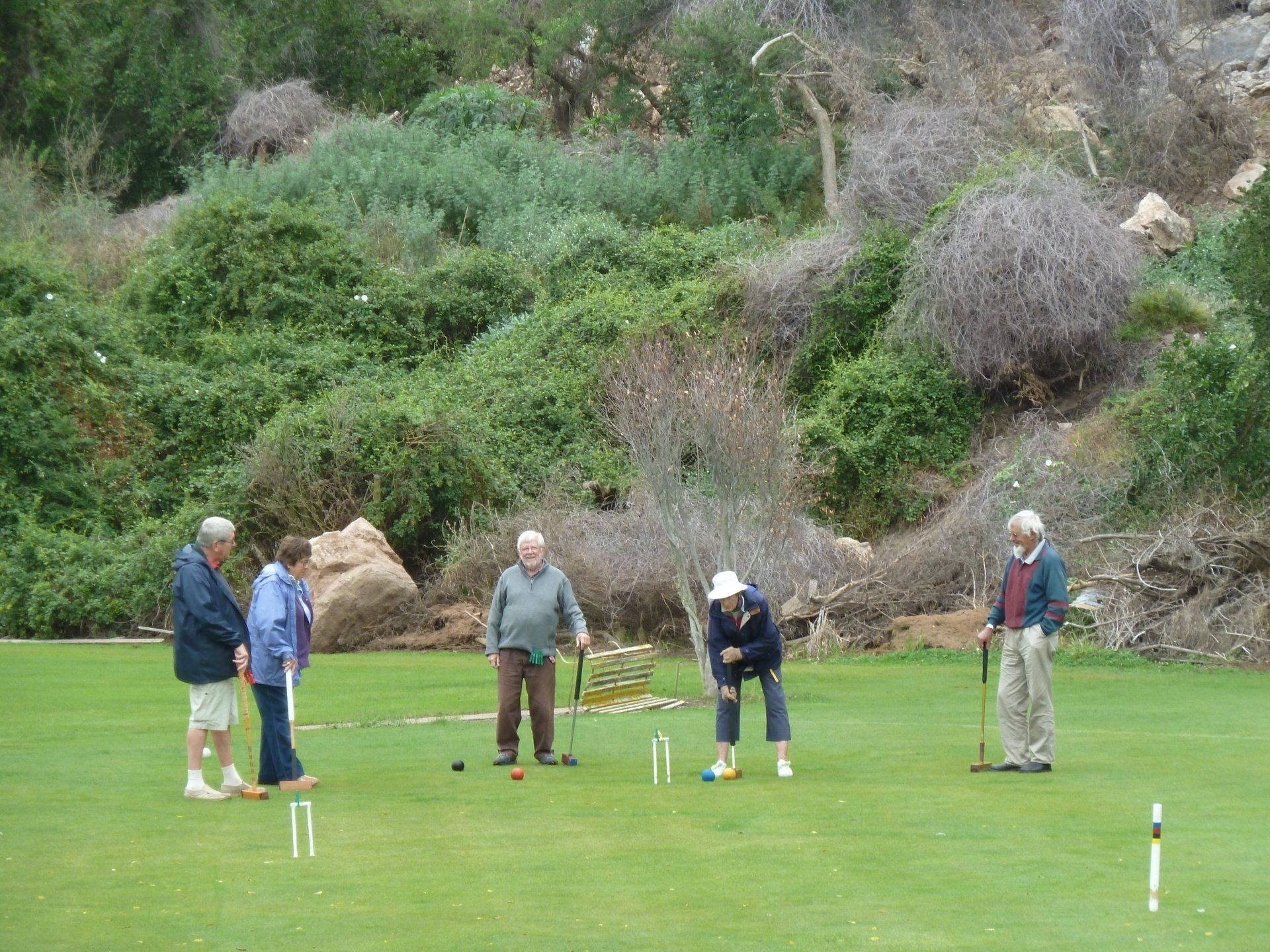
Phases of a disaster - when the croquet must go on, despite the rock fall. Today this areas is walled off from public use, because it was decided as a place too risky for people to congregate.
However, that realisation took time.In the COVID-19 scenario it strikes me that the fallout from loss of jobs will be a slow wave, much like the arrival and spread of coronavirus. The government has extended the wage subsidy scheme, but most businesses will have to start the layoff process around 6 weeks before their subsidies end. The effect of job loss will itself take time to trickle through, as people’s redundancy payments are used up and as they find that new employment is difficult to come by.
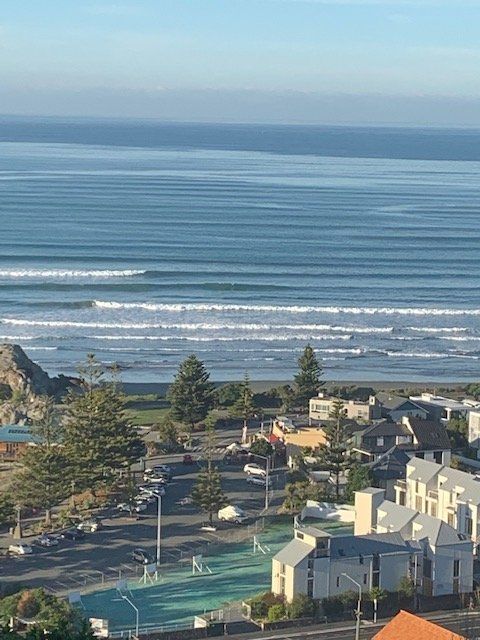
We had breakfast and lunch with our friend Terri yesterday. Terri lost her travel job early in the piece when her employer saw the writing on the wall. We went for a walk and discussed options. There were lots of surfers out on the waves in Sumner today as the swell and lack of wind is perfect for surfing. However, the water temperature is a chilly 12 degrees. A number of surfers were struggling out of their wetsuits as we walked by, impeded by their numb hands. I suggested that Terri could have a future career in wetsuit removal – she could wander along the Esplanade offering assistance to the myriad of men who were having trouble getting their arms over their shoulders and who were therefore starting to feel claustrophobic in their wetsuits. It isn’t clear what the going rate for assistance might be, she might need to test the waters, as it were. Nor is it clear how this would look on her CV for job applications – a role assisting men to disrobe in public might not strike the right note for any future employers!
We might need to be very innovative in New Zealand in the COVID-19 unemployment future. The idealist in me thinks that it would be great if lockdown and job loss led to people figuring out how to work less, balanced by a reduction in their consumption, and a consequent improvement in the state of the planet. Wouldn’t it be great if everyone could have part time jobs so that everyone who wants a job can be employed, but no-one has to work as hard?
There are plenty of people I have met who loved lockdown and its degree of reduction (not my sentiment, as someone who doesn’t revel in constraints) because they newly discovered how rushed their lives have become. However, the realist in me points out that most people spend up to the amount that they earn. Therefore lopping off chunks of bubble income is not going to be manageable for many households. However, the process of reduction might be worthy of some contemplation for lockdown lovers and employers alike.
